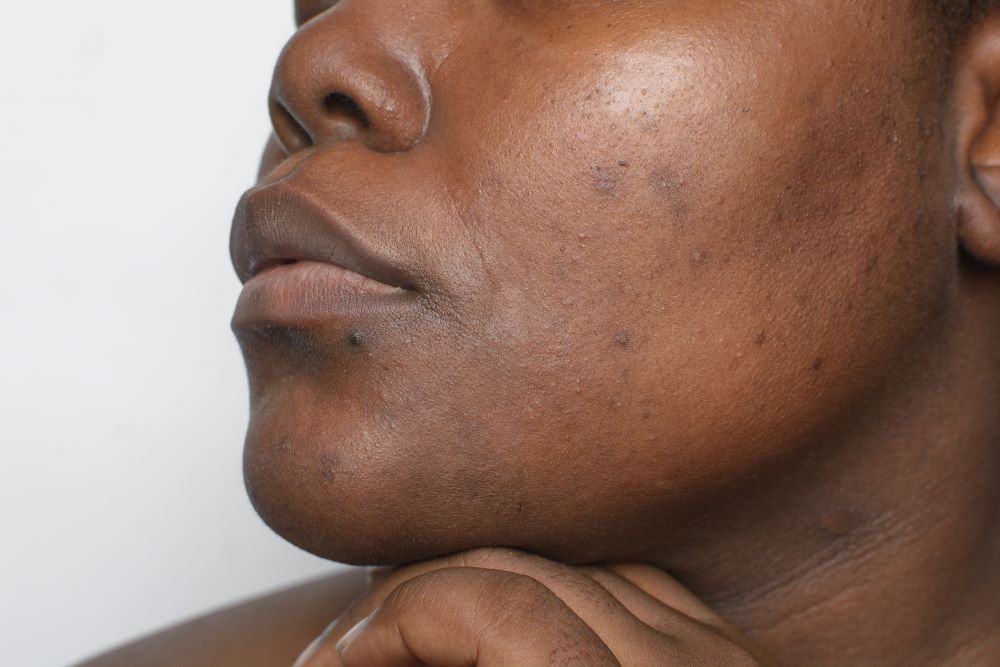
Hyperpigmentation is a common skin concern that affects people of all ages and skin types. Whether it’s from sun damage, acne scars, aging, or hormonal changes, dark spots can be stubborn and frustrating. Fortunately, science-backed skincare has introduced solutions that actually work. Among these, the hyperpigmentation cream remains a trusted ally in the battle against uneven skin tone. But how do these creams actually work to reduce pigmentation? Let’s explore the science behind them.
What is Hyperpigmentation?
Hyperpigmentation is the result of an overproduction of melanin, the pigment responsible for the color of your skin, hair, and eyes. When the skin produces too much melanin in one area, it creates dark patches or spots that stand out from the rest of your complexion.
There are several types of hyperpigmentation:
- Post-inflammatory hyperpigmentation (PIH): Occurs after an injury or inflammation, such as acne.
- Melasma: Triggered by hormonal changes, often during pregnancy.
- Sunspots:


